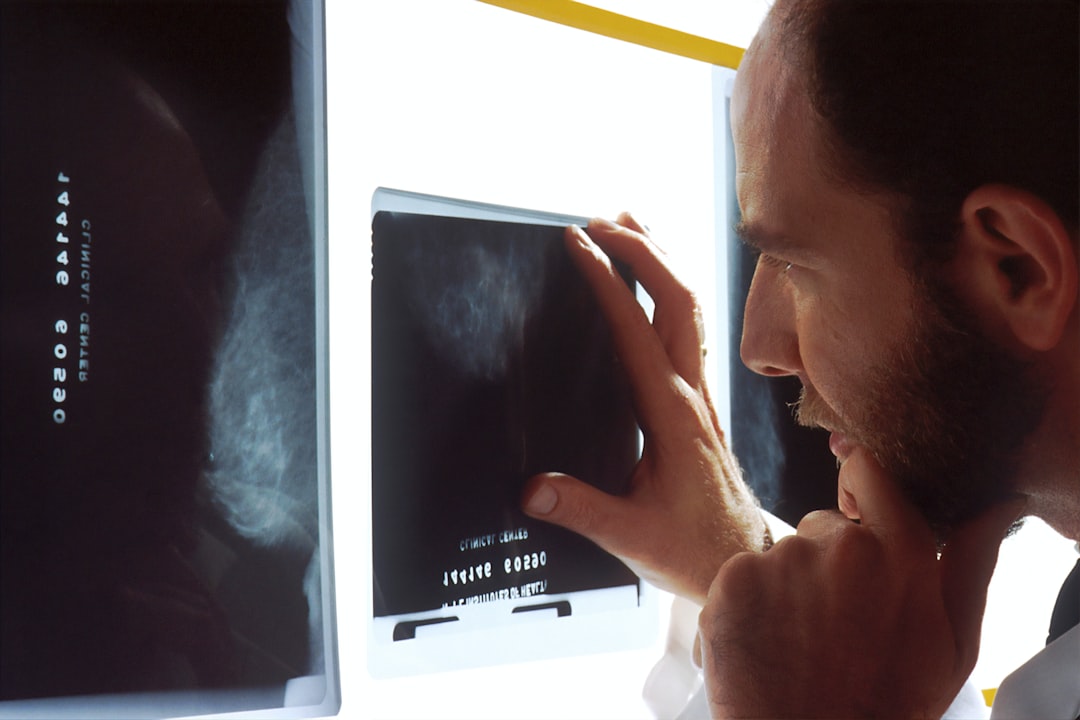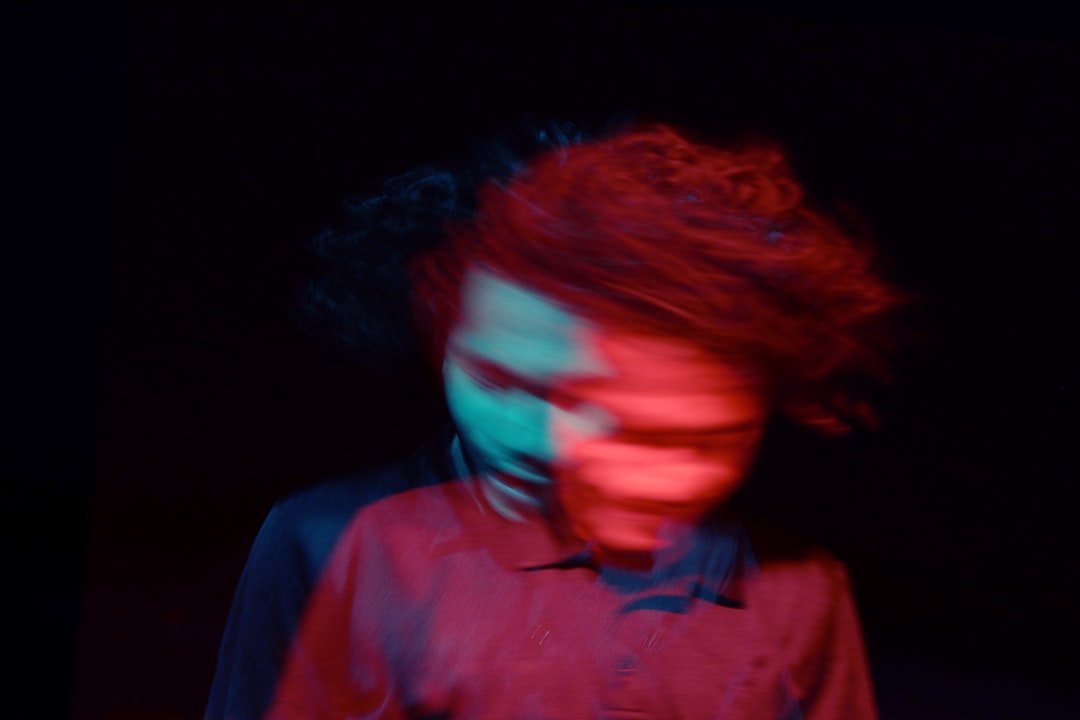What is it about?
In 2018 a decision to take down from our primary hospital auditorium the portraits of 31 past department chairs, all of whom are male and 30 of whom are white, ignited a fierce reaction in our hospital and surrounding community. Local media articles were flooded with comments accusing the institution of reverse discrimination, with many pledging never to return to our hospital. This incident presents an opportunity for us to examine how the symbols we consciously choose to honour and display can also unintentionally convey unconscious biases in race and sex. Finding the right balance requires that we honour people’s achievements, while also acknowledging the systematic advantages given to some over others.
Featured Image

Photo by Tachina Lee on Unsplash
Why is it important?
When the people depicted are almost exclusively white and male, the implicit message conveyed is that women and people of color do not fit the mould. Studies have also consistently shown that people’s initial judgments around likeability are grounded, in part, in the frequency of exposure (that is, familiarity) to a particular racial prototype. Repeated exposure to faces of the same race can lead to in-group favouritism and decreased judgments of likeability for faces of people from other races. Such exposure effects are not trivial, as mere exposure to a racial prototype has been shown to increase a person’s willingness to help people of that race, and to agree with their judgments. It even affects their tendency to smile at people of that racial group.
Perspectives
Portraiture as art acts as a mirror that reflects both our stated and unstated views on the world. Institutions owe it to themselves and their communities to examine the message they are sending.
Karthik Sivashanker
Read the Original
This page is a summary of: Healthcare portraiture and unconscious bias, BMJ, April 2019, BMJ,
DOI: 10.1136/bmj.l1668.
You can read the full text:
Contributors
The following have contributed to this page










